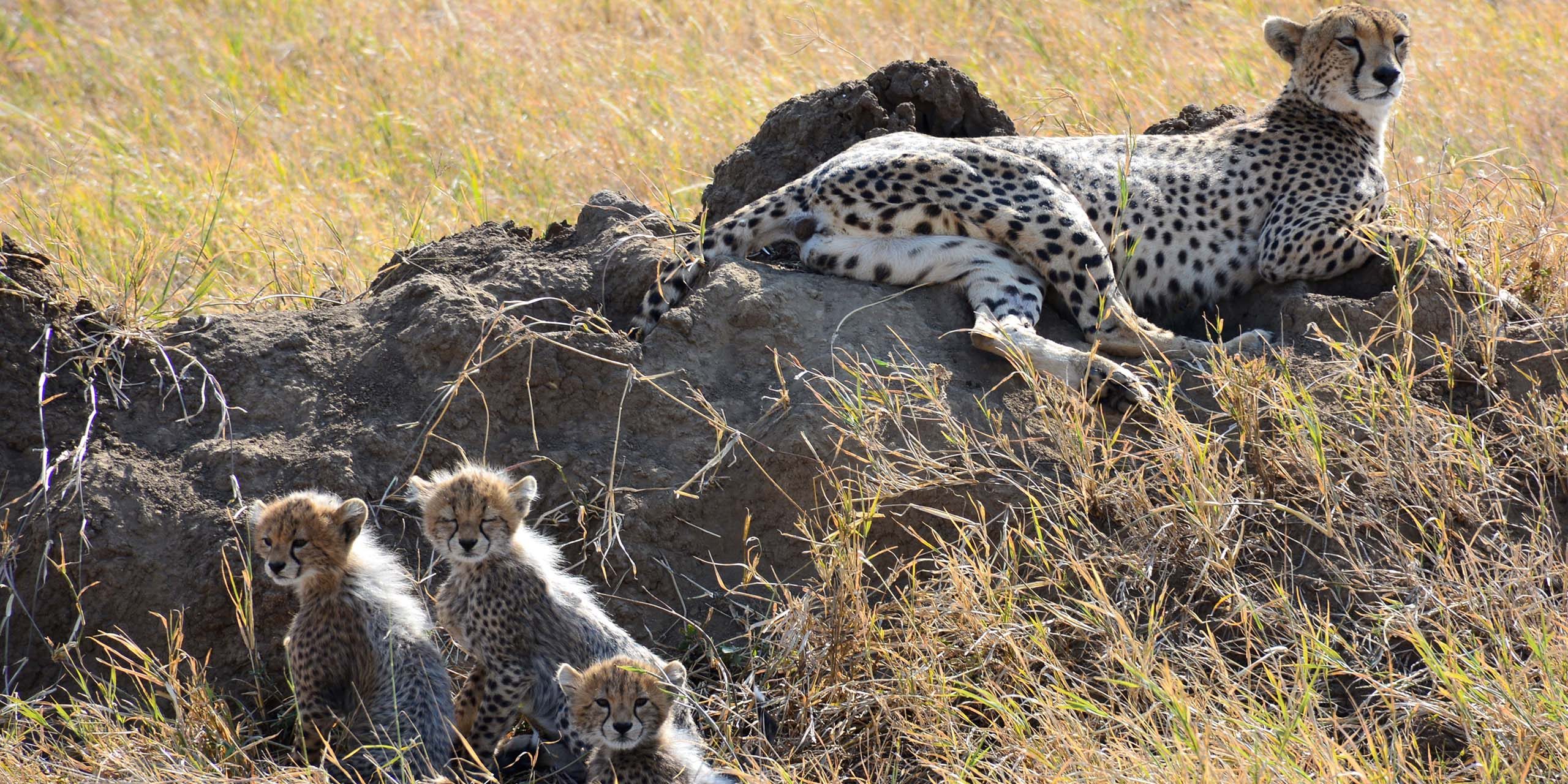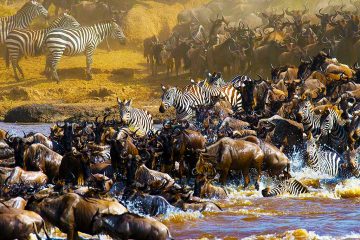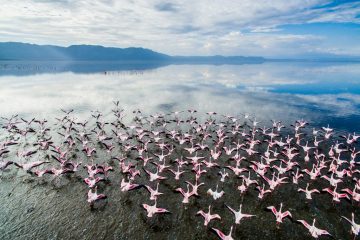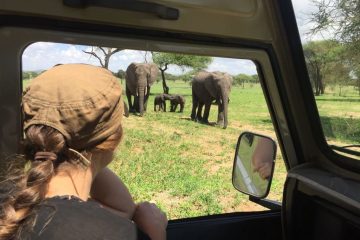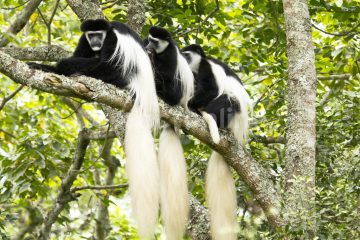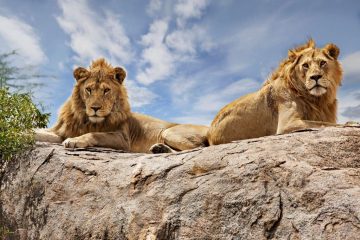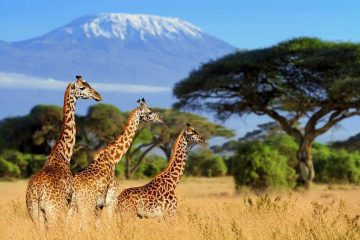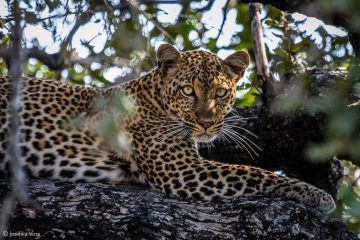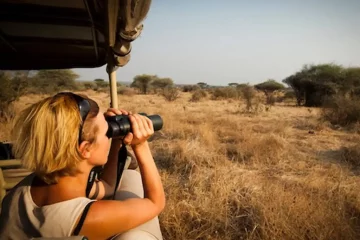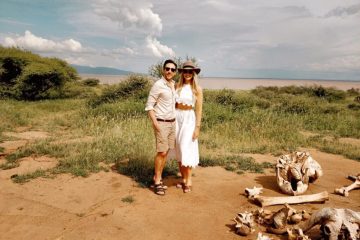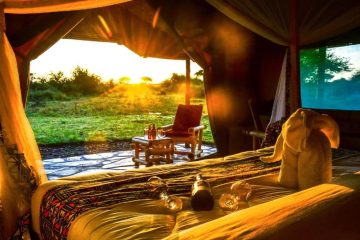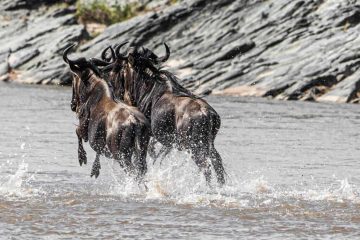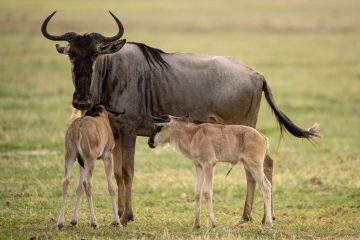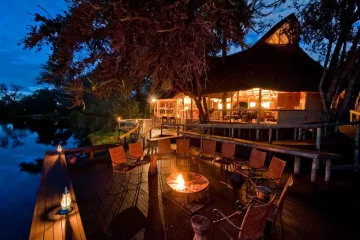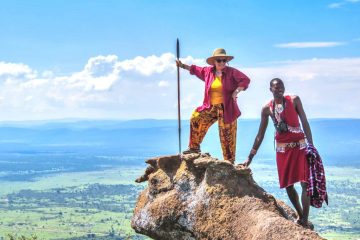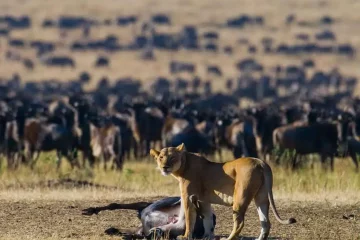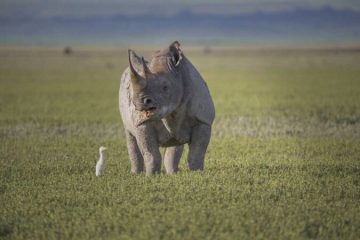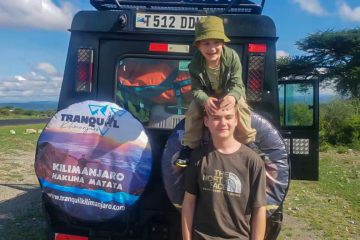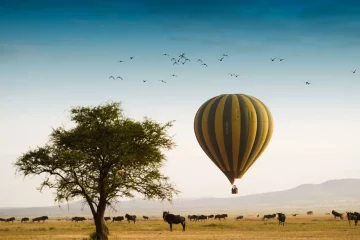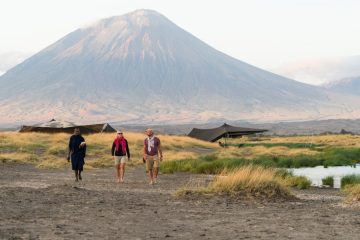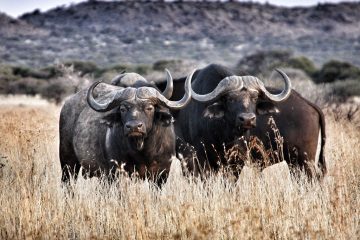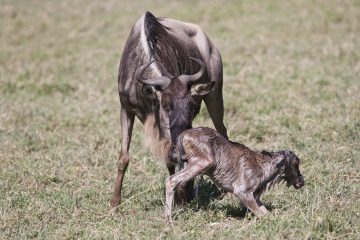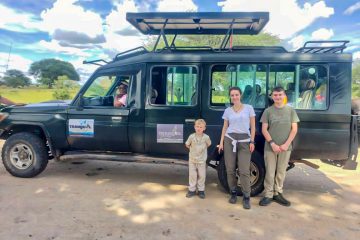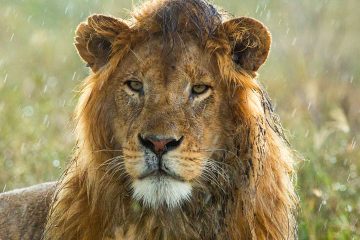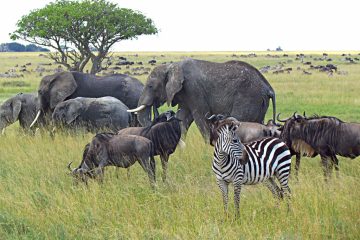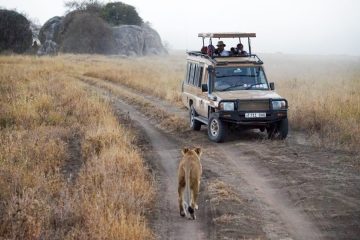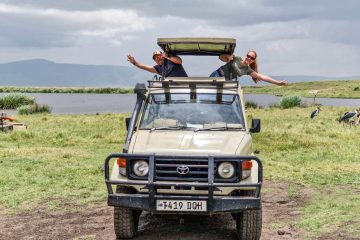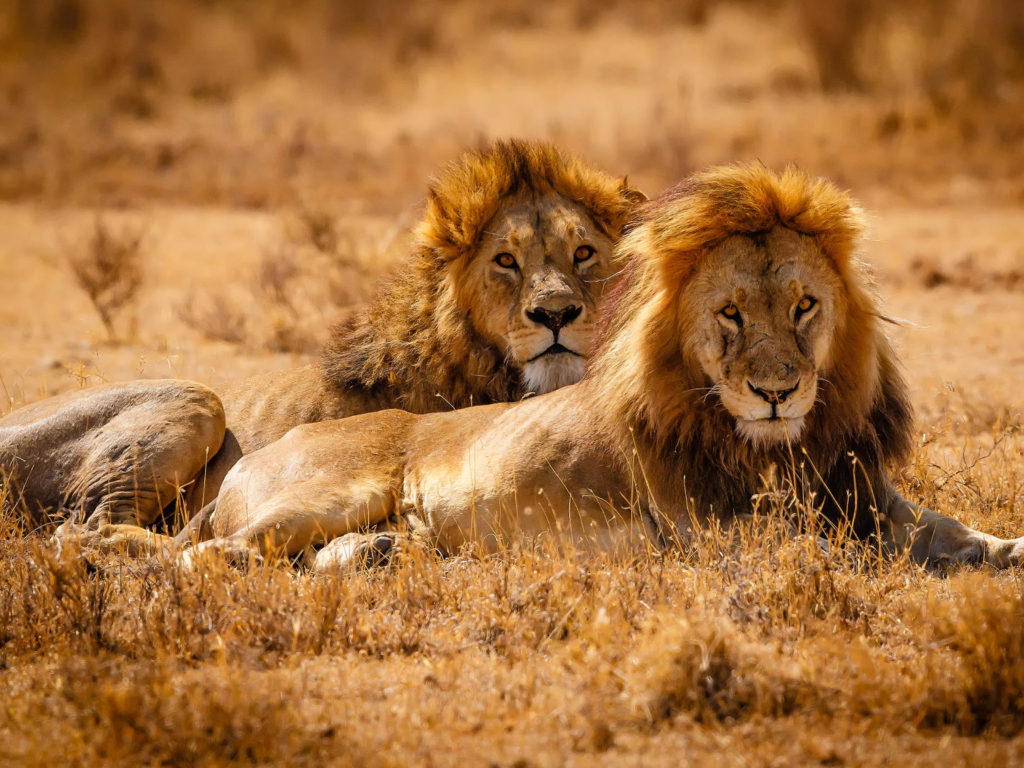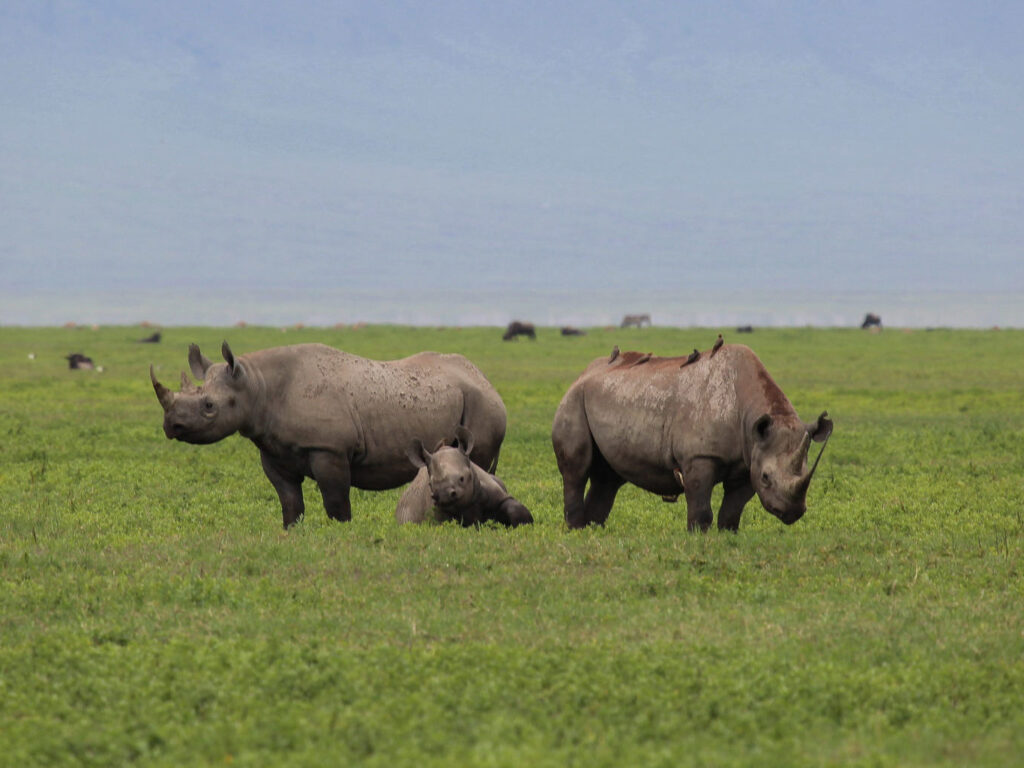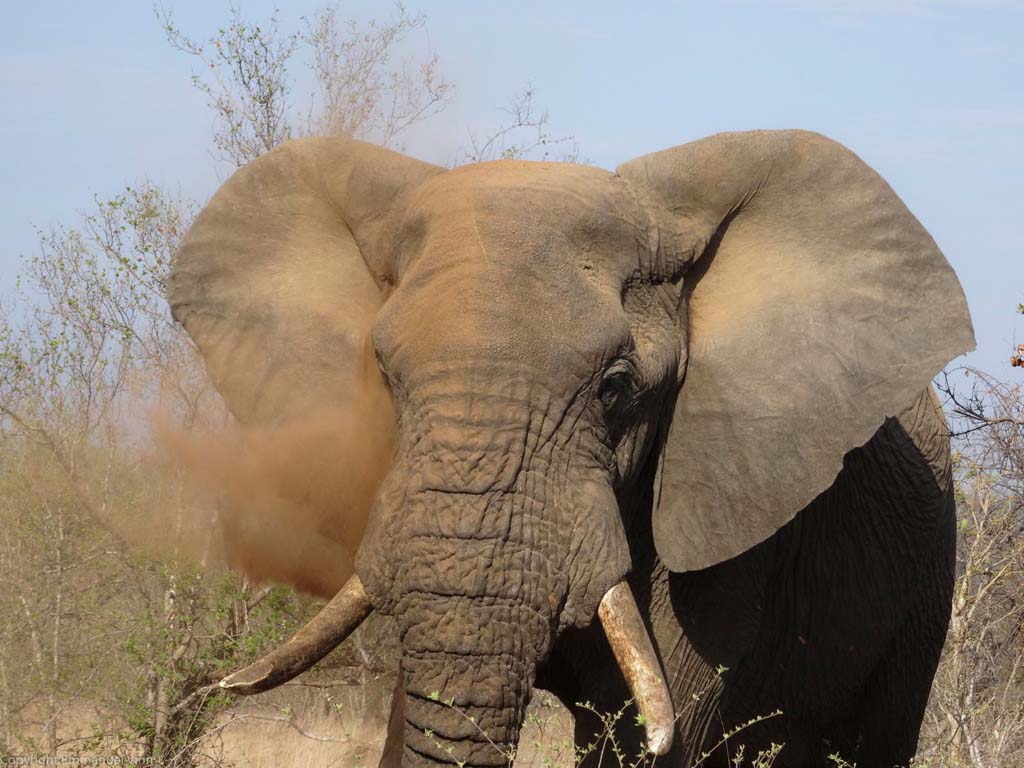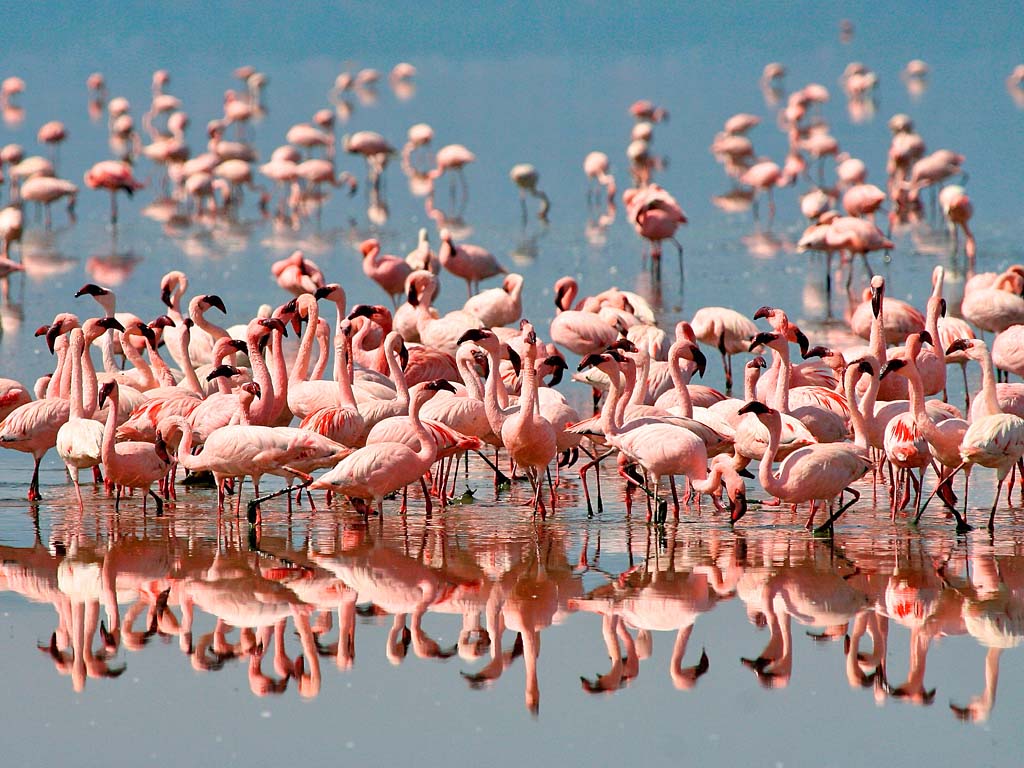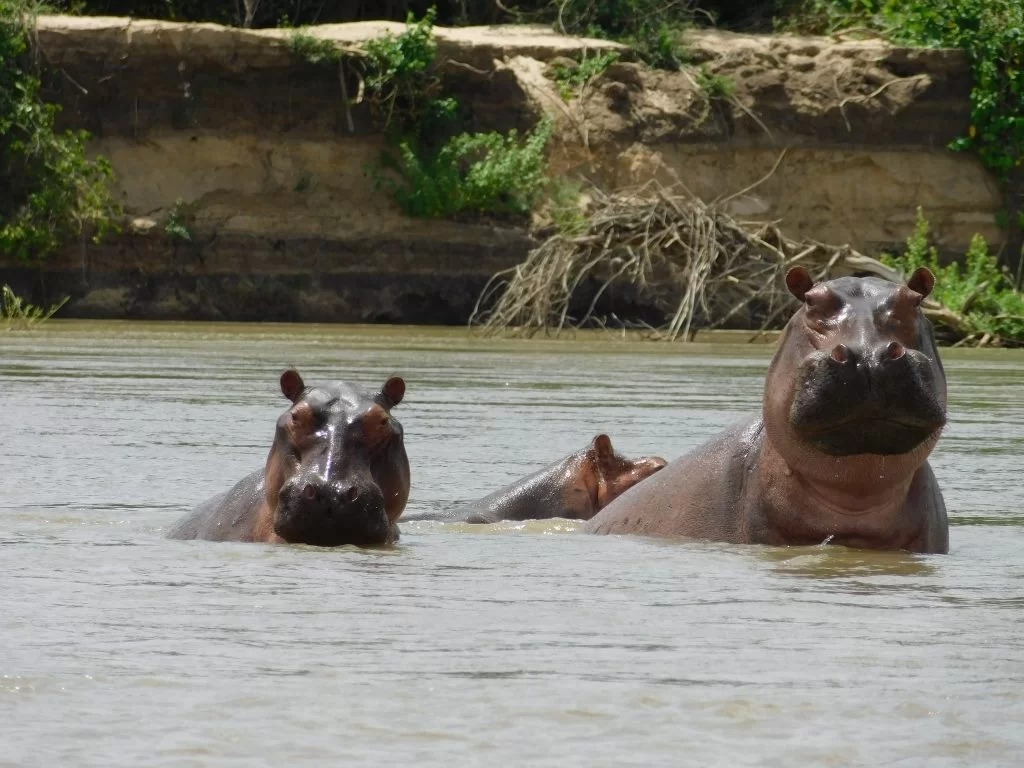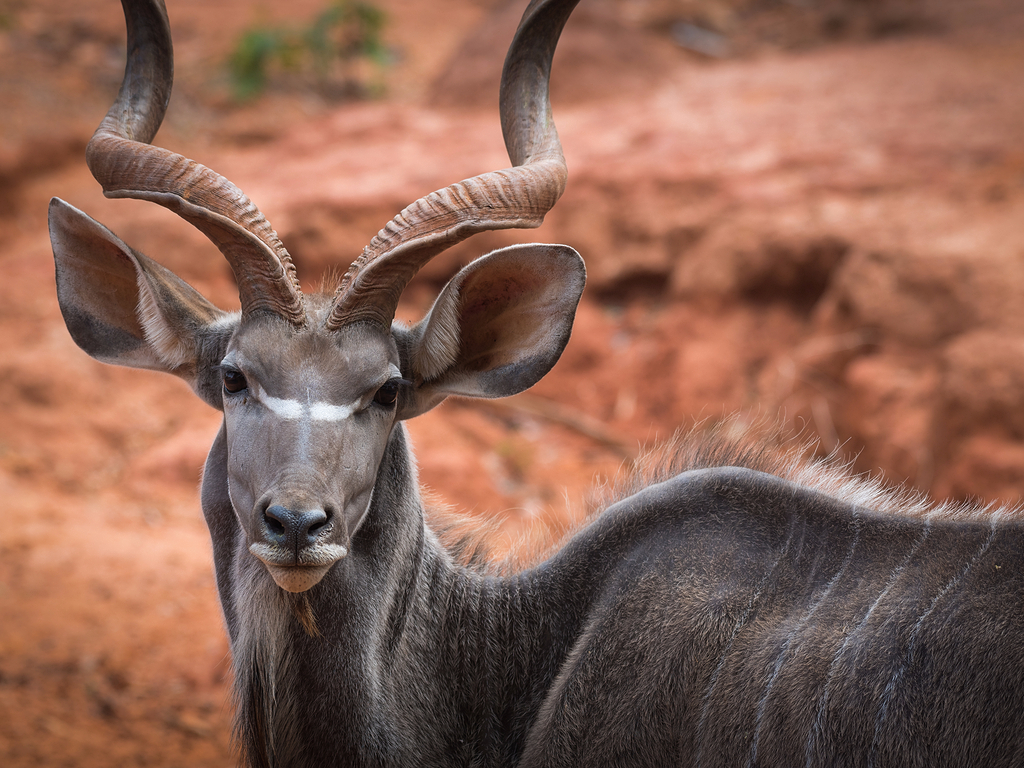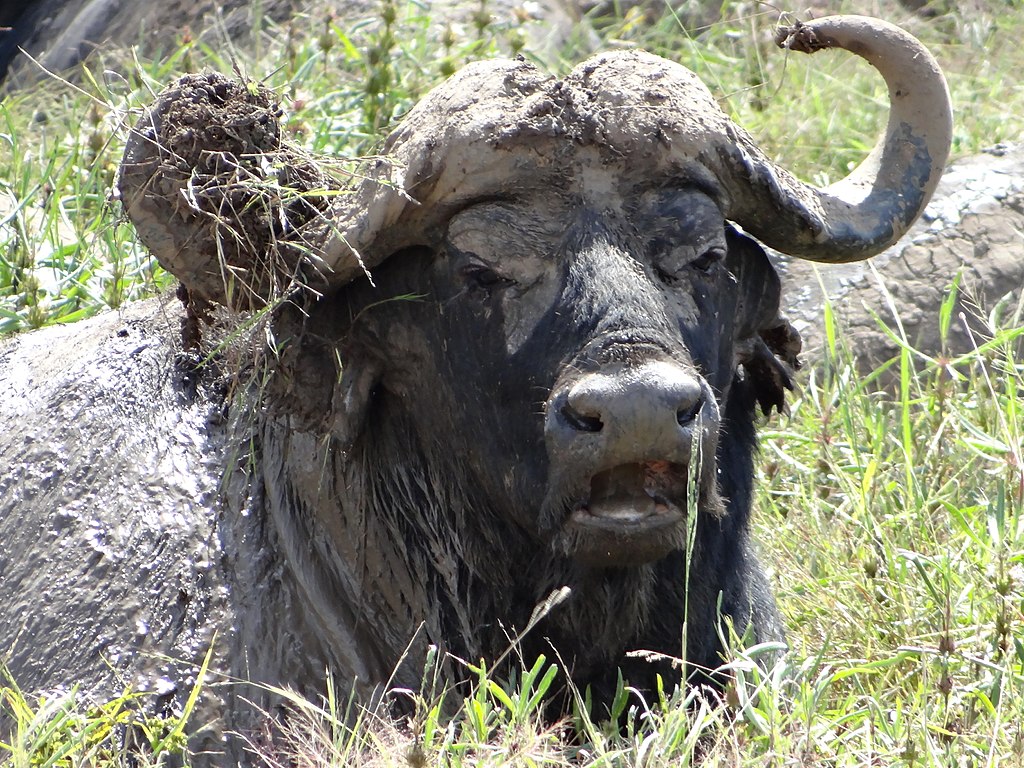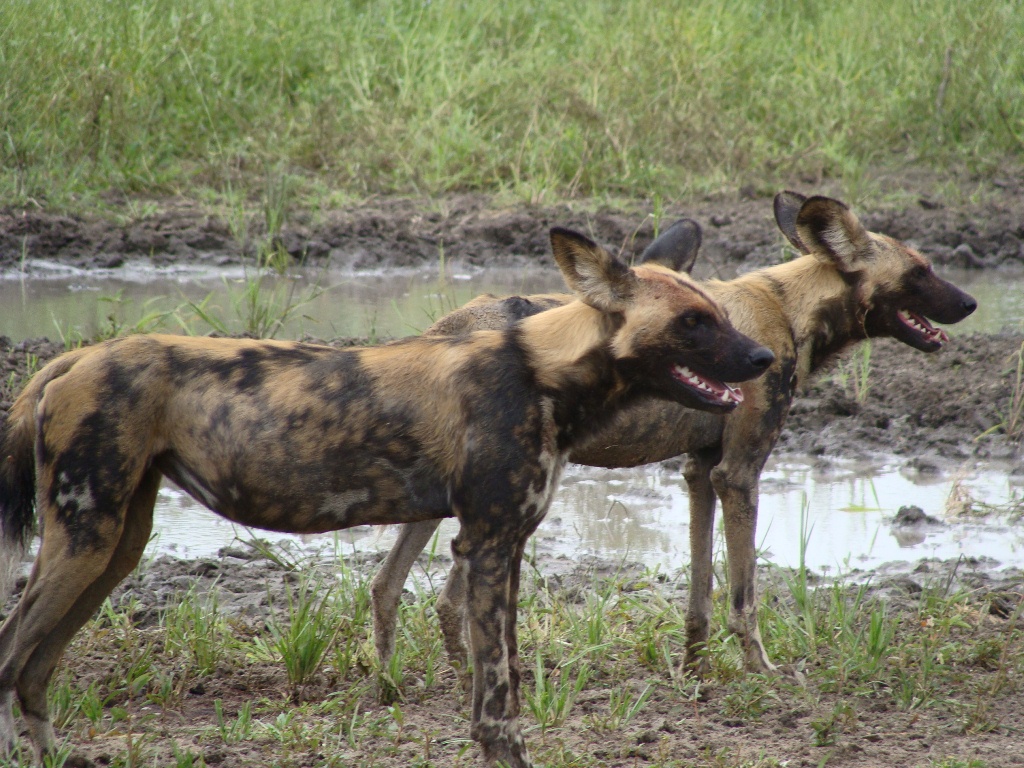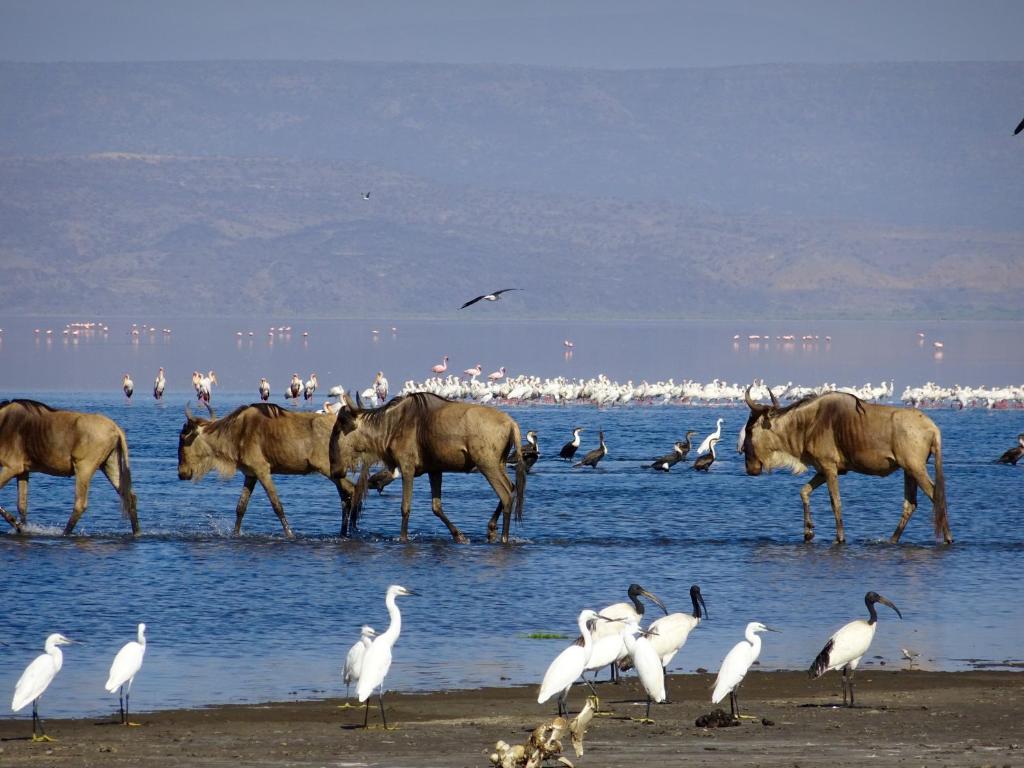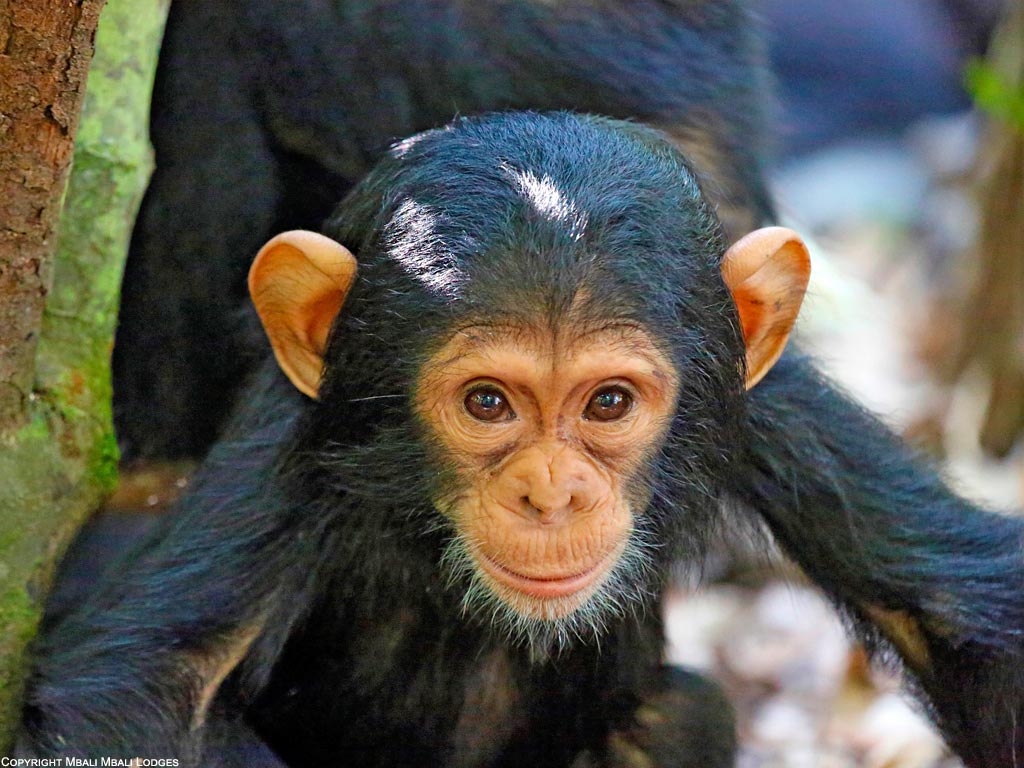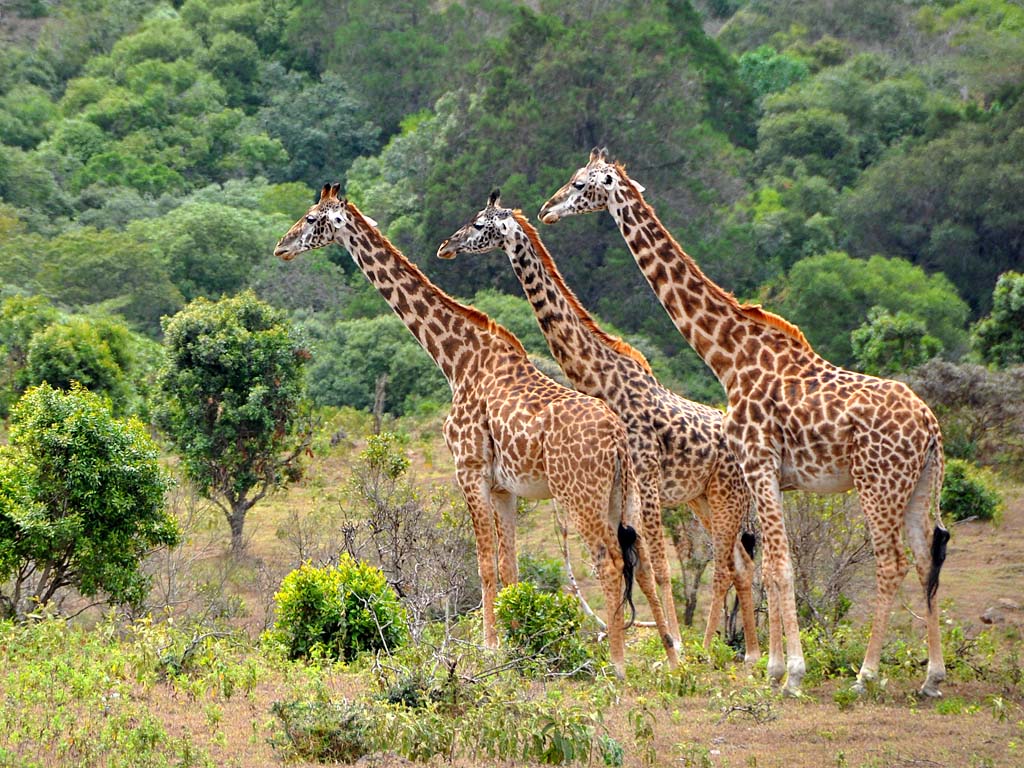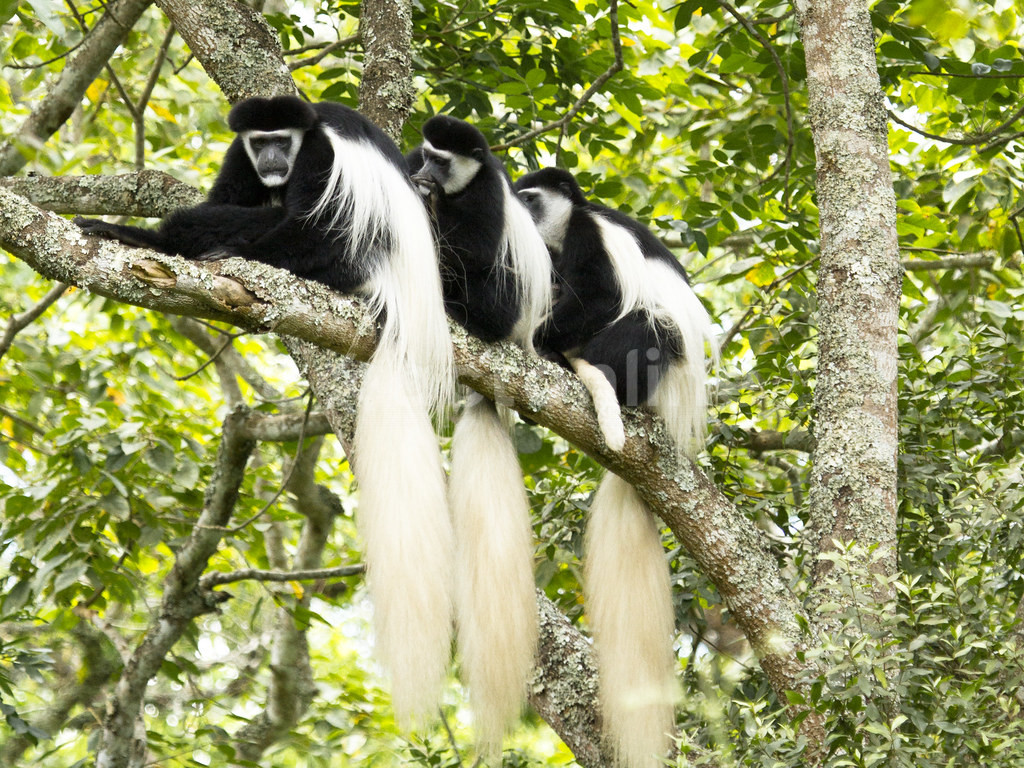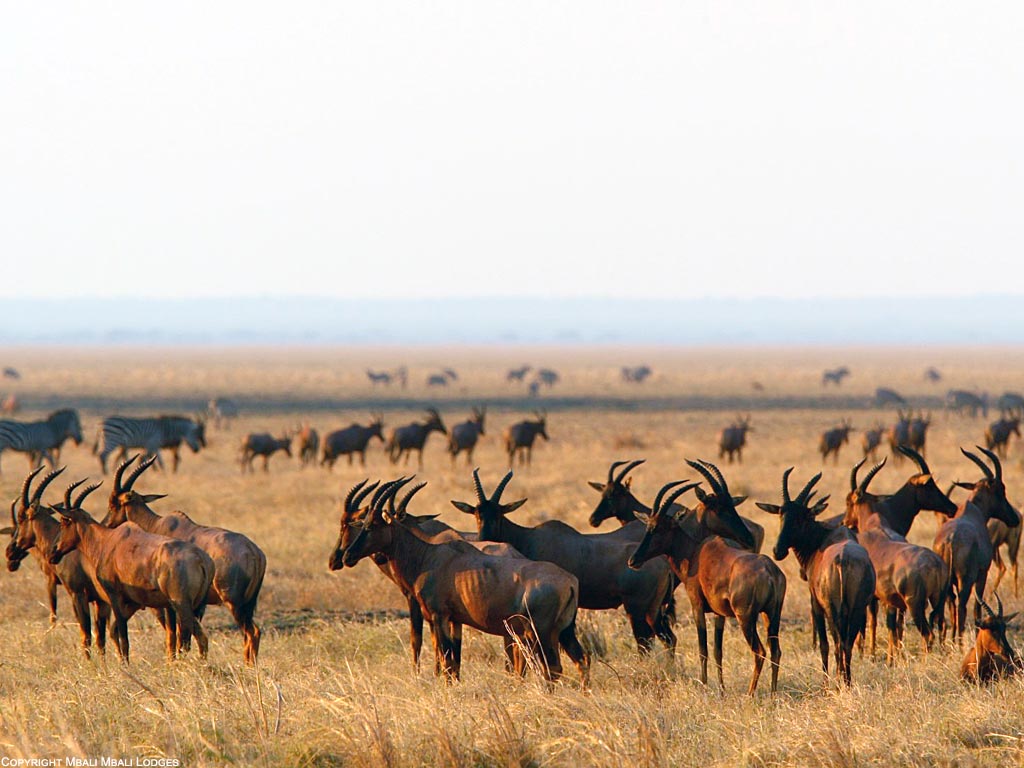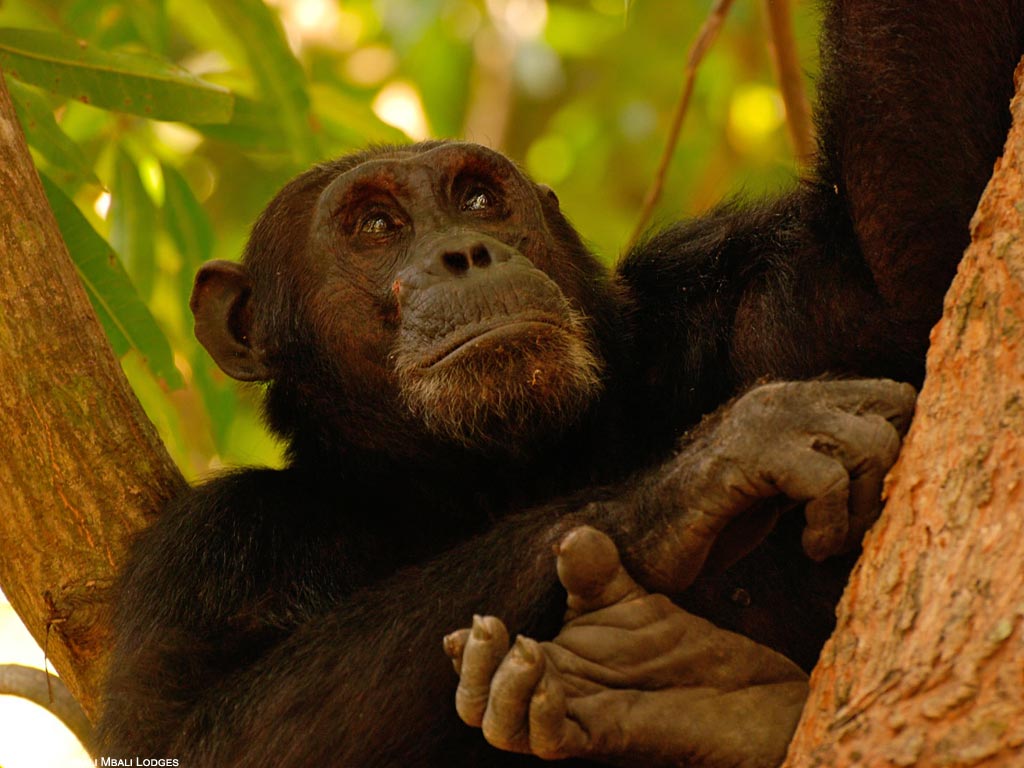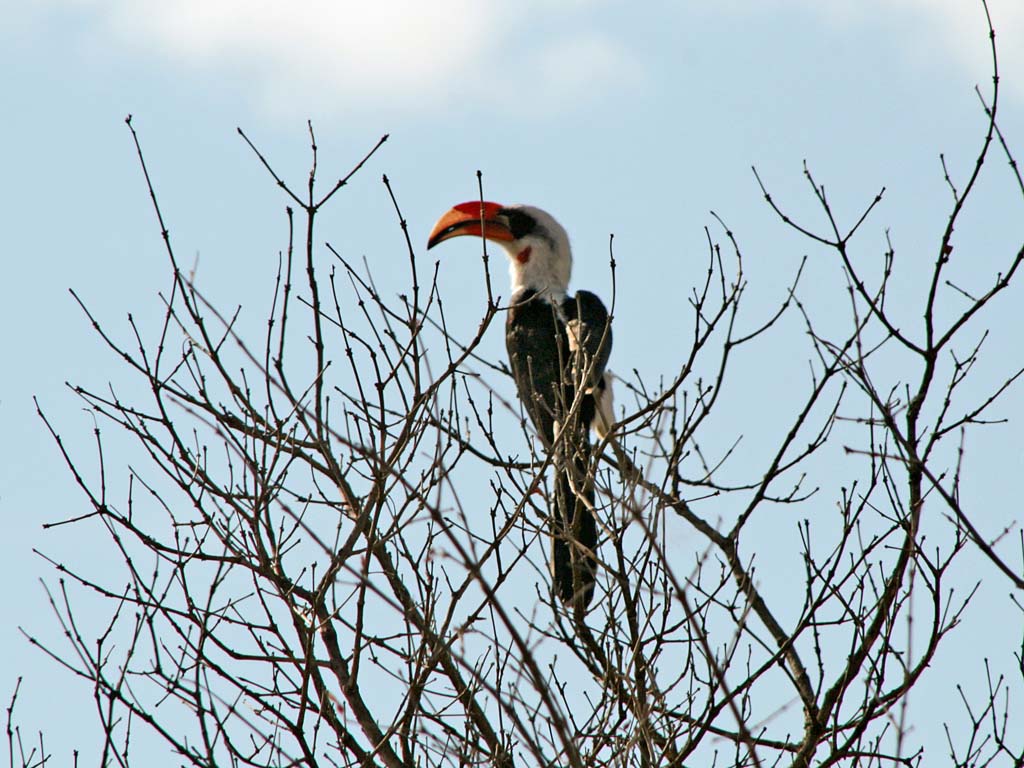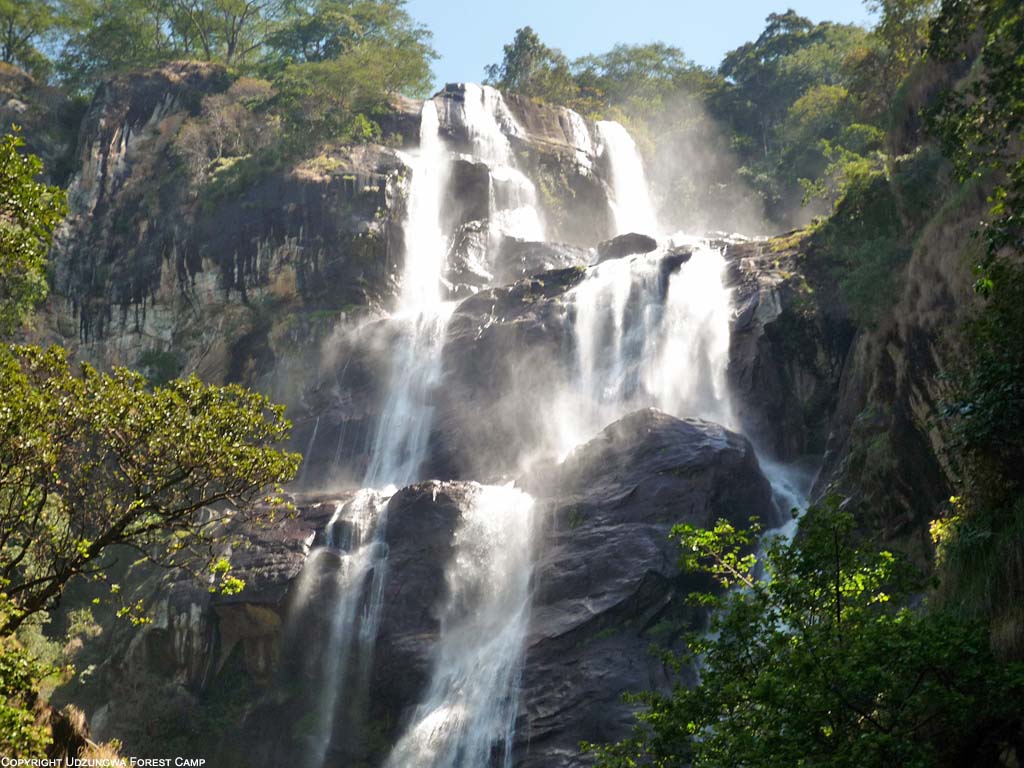Mkomazi Location
The park is located in Tanzania’s northern region, between the Kilimanjaro and Tanga regions. The park shares a northern boundary with Kenya’s Tsavo West National Park.
About 120 kilometers east of Moshi town is where the park is located.
The park is part of the Mkomazi-Tsavo Environment, East Africa’s second-biggest transboundary ecosystem. Following the famed Serengeti-Mara Ecosystem.
Mkomazi, which is located along the Umba River, is home to a number of endangered colobus monkeys that migrate through the riverine woodlands.
The park has a semi-arid climate with a bimodal pattern of rainfall.
The Park has the southern extension of the “Sahel” ecosystem, which is typified by Acacia-Commiphora species.
About eighteen (18) animal species have been documented in the park, including the big five.
Mkomazi Birdlife
The Park is home to around 450 different bird species.
Mkomazi National Park is unusual in a variety of ways.
It is one of Tanzania’s few protected sites with a huge and visible population of gerenuk and a dense population of Beisa Oryx.
This park is one of Africa’s, if not the world’s, richest savannahs in terms of uncommon and indigenous wildlife and vegetation, as indicated by the presence of wild dogs and black rhinoceros.
In the national park, there are a lot of birds.
In total, there are about 400 bird species documented in the park. Shelley’s starling and three-streaked tchagra are two northern dry-country specialties.
This makes it an excellent location for bird watchers! The park is also home to hornbills, weaver birds, guinea fowl, martial eagles, and the purple Eurasian hoopoe. The stunning vulturine guineafowl can only be seen in Mkomazi national park in Tanzania. The ostrich, kori bustard, secretary bird, and southern ground hornbill are also frequent big birds in the grassy plains. Furthermore, migratory species such as the European roller can be found from November to April.
Mkomazi Rhino Sanctuary
The Tanzanian government encouraged the George Adamson Wildlife Preservation Trust to collaborate in 1989, and as a consequence, the endangered black rhino was put into the park’s Mkomazi Rhino Sanctuary, which is carefully secured and walled.
“Protecting the fortifications” plays an essential part during the rhino poaching issue. Winning the hearts and minds of local populations, on the other hand, is crucial to ensuring that Mkomazi’s rhino population never goes extinct again. Prince William visited Mkomazi National Park in Tanzania in 2012 to learn more about conservation activities at the park’s front lines.
The Mkomazi Rhino Sanctuary is attempting to establish a sustainable breeding population of 50 black rhinos, whose progeny will be utilized to supplement Tanzania’s current rhino numbers. The rhinos at the Mkomazi Rhino Sanctuary account for roughly a third of Tanzania’s entire black rhino population.
The Mkomazi rhinos are therefore extremely significant, not only for the country but also for the survival of this endangered species. During his visit to Mkomazi, Prince William also visited the Mkomazi educational program in Rafiki Wa Faru, where youngsters from 14 local communities learn about rhinos and other animals in the hopes of preventing the Mkomazi rhino population from being wiped out by poachers.
When is the best time to go to Mkomazi National Park?
The dry season, which runs from June to October, is the greatest time to see the park’s general fauna. However, the park isn’t known for its animals, and the landscape and vistas of the mountains are greatest during the rainy season, which runs from November to May. Elephants traveling into the park from Tsavo are most visible at this time.

